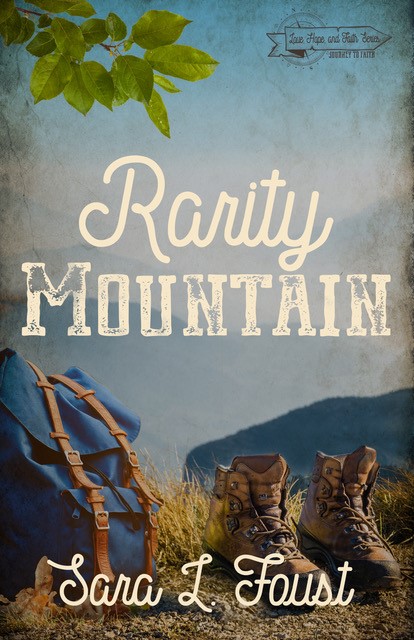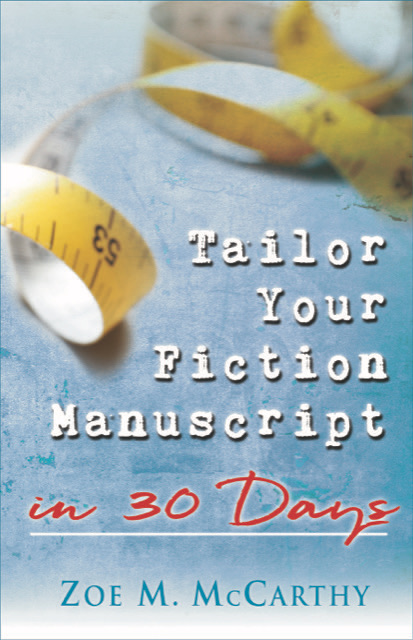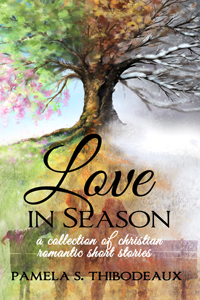

My guest today is Sara L. Foust. Sara will tell us how to recognize scenes that need to be cut. More about her new book, Rarity Mountain, follows her post.
Sara: How do you know if you should include the scene you’ve just written or—gasp—cut it? First, let’s define what a scene is.
Definitions of a Scene
- Google’s dictionary defines it as “a sequence of continuous action in a play, movie, opera, or book.”
- Dwight V. Swain, in Techniques of a Selling Writer, says a scene is “a unit of conflict, an account of an effort to attain a goal despite opposition.” According to Swain, scenes are then followed by sequels. Sequels are more thoughtful reflections on the part of the character about what just happened in the scene.
- I’ve come to think of scene a little differently, and it relates to the characters’ goals.
Scenes Based on Character’s Goals
The overall, overarching story goal is the big picture goal that continues throughout the book. Each character’s action brings the character closer toward that goal. And within the story, there are stepping stones the characters must achieve (or be denied) in order to move the story forward.

Example: If my goal is to get a doughnut, I have steps I have to take in order to make it happen. I have to find my shoes, get my keys, drive to the store, and pay for my doughnut. My main goal is to get the doughnut, but the stepping stone goals (shoes, keys, wallet) must be achieved in order to succeed.
Before I write, I decide each character’s story goal. Then as I write, I make sure each scene has its own stepping stone goal too. So, for me, a single scene is the unit of action the character takes toward their individual scene goal. This includes the character’s reflection that occurs before, after, or during the action. Every time the character’s stepping-stone goal changes, I start a new scene.
When to Cut a Scene

If I find my characters are lollygagging around not accomplishing much of anything, I know I’ve failed to include an appropriate scene goal and need to re-evaluate that scene.
In her writing craft book, Goal, Motivation, Conflict, Debra Dixon advises that each scene included in the final draft must have three reasons for being there. One of these reasons must be goal, motivation, or conflict. She elaborates that the other two reasons should show:
- the character’s progress toward the story goal or setbacks they must overcome,
- pit the character against the antagonistic force, or
- give the character an experience that strengthens their resolve.
When I cut a scene, it means I believe the story is actually stronger without the added fluff that particular scene gave. A scene needs to be cut if
- it isn’t vital to the plot, even if it’s beautifully written and eloquent,
- the character doesn’t have a scene goal,
- the story can move forward just fine without the scene, or
- it’s boring.
I always paste cut scenes into a separate file so if I change my mind they’re still available. Or if I just need to shed a few more tears before I completely say goodbye. It isn’t always easy to cut scenes. But I hope this helps shine a light on when they should be.
If you or your editor cut a scene in your story, what was the reason?
Buy Page Amazon Buy Page Barnes and Noble

On the surface, SIMON FINCUFF and FERN STRONGBOW have nothing in common. Simon has served his sentence, but his past conviction still haunts him. Fern is a veterinarian and grew up on an off-the-grid homestead. The one thing they share? Each has a dark secret they would do almost anything to protect.
When their current careers are yanked away, they are left scrambling to pick up the pieces. A reality television show falls into their paths, offering a life-changing opportunity that tests their resolve and their faith. These two unlikely partners must battle to survive for thirty days in the untouched wilderness of Rarity Mountain with only a handful of survival items and a director who is out for drama, no matter the cost. With their lives and their carefully guarded skeletons on the line, they will discover how far they are willing to go to win the million-dollar prize for Survival Tennessee.

Sara is a multi-published, award-winning author and homeschooling mother of five who writes surrounded by the beauty of East Tennessee. She earned her Bachelor’s degree in Animal Science from the University of Tennessee and is a member of American Christian Fiction Writers. She is the author of the Love, Hope, and Faith Series, which includes Callum’s Compass (2017), Camp Hope (2018), and Rarity Mountain (March 2019). She also has a story, “Leap of Faith,” in Chicken Soup for the Soul: Step Outside Your Comfort Zoneand a novella, Of Walls (November 2018). Sara finds inspiration in her faith, her family, and the beauty of nature. When she isn’t writing, you can find her reading, camping, and spending time outdoors with her family. To learn more about her and her work or to become a part of her email friend’s group, please visit www.saralfoust.com.
- Website: www.saralfoust.com
- Newsletter sign up: http://eepurl.com/cfqP5H
- Email: sfoust25@hotmail.com
- Facebook: https://www.facebook.com/SaraLFoust/
- Twitter: https://twitter.com/Sfoust25
- Pinterest: https://www.pinterest.com/sfoust25/
- Google+: https://plus.google.com/u/0/+SaraFoustSaraLFoust
- Amazon:https://www.amazon.com/author/saralfoust










 RSS - Posts
RSS - Posts